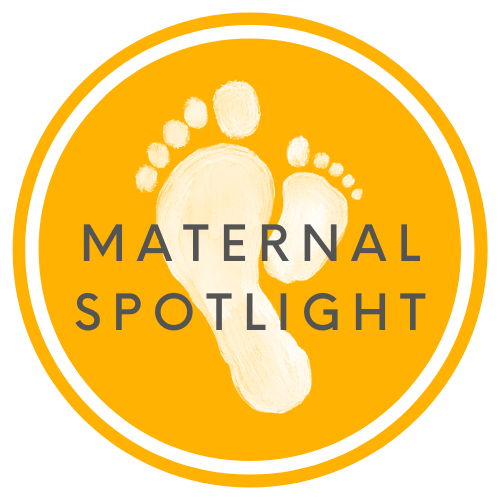New York Fed Releases White Paper on Potential Policy and Investment Solutions to Combat the Nation’s Maternal Health Crisis
The Federal Reserve Bank of New York, in collaboration with NYU Rory Meyers College of Nursing, released a white paper on the nation’s crisis in maternal health, highlighting the potential for investments including baby bonds, investing in a diverse maternal care workforce, home nurse visitation, and other interventions to preserve the health—and lives—of mothers and babies.
“We can’t have a healthy economy without healthy people,” said David Erickson, head of Outreach and Education at the New York Fed. “Yet the U.S. maternal mortality ratio—the ultimate indicator of maternal health—has only worsened since 1987, despite medical advances. These tragic and mostly preventable deaths are profoundly harmful to families, communities, and the economy.”
The paper, “The Fourth Trimester and Beyond: The Case for Transformative Investments and Solutions in Maternal and Child Health,” builds on a September 15, 2021 virtual event the New York Fed hosted in collaboration with NYU Rory Meyers College of Nursing, the New York City Department of Health and Mental Hygiene, Low Income Investment Fund, and the Robert Wood Johnson Foundation. A recording of that event is available here.
“Healthy families are a source of strength for communities, but serious maternal complications and deaths can reverberate through families for generations,” said Audrey Lyndon, PhD, RN, FAAN, assistant dean for clinical research and the Vernice D. Ferguson Professor in Health Equity at NYU Rory Meyers College of Nursing, and an author of the paper. “For true change to happen, we have to look beyond hospital-based care to address the broader systemic issues affecting maternal health, like housing, food insecurity, and the social safety net.”
There are racial differences in the maternal mortality rate, which is worse for Black mothers than for any other group. As noted in the paper, the rate for 2019, the most recent year for which statistics are available in the U.S., was 44 deaths for every 100,000 live births among Black mothers; 17.9 deaths among white mothers; and 12.6 deaths for Hispanic mothers; data from the same series for Asian mothers are not available.
“These deaths touch hundreds of families, children, and communities—and the economy as a whole,” said Marisa Casellas-Barnes of the New York Fed’s Community Development team, one of the paper’s authors. “Investments in services such as community-led place-based programs that provide comprehensive perinatal support pay dividends in the form of healthier mothers and children.”
The recommendations in the paper are those of the authors and do not reflect the views of the New York Fed or the Federal Reserve System.
Those policy proposals include:
Applying a “Housing First” model to maternal health: Following a model used to tackle homelessness in Denver, such programs would provide safe and stable housing with wrap-around services for pregnant mothers, then run assessments of the cost-benefit analysis, with the possibility of sharing saved tax dollars with investors.
Full-system financing: Under this model, investors could partner with Medicaid to support full coverage for midwifery-led birth centers, high quality postpartum care, and attention to housing and other needs.
Using employer-matched individual health care spending accounts for community wellness: Such funds could also be used for preventative health measures and paid family leave.
Diversify the pipeline of nurses, midwives, and other healthcare professionals: Partnerships and investments to increase the number of people of color in the maternal care workforce could improve access to quality healthcare in underserved communities.
The complete paper is available here.
The New York Fed, through its Community Development Unit, works with community leaders to understand community needs and with capital providers to foster economic opportunities. We are searching for ideas that can tear down barriers to economic mobility for low-and moderate-income people. Our focus is on the economic drivers of health, household financial well-being, and climate-related risks, and our goal is to elevate those ideas and connect them with funding.
Source: Federal Reserve Bank of New York



